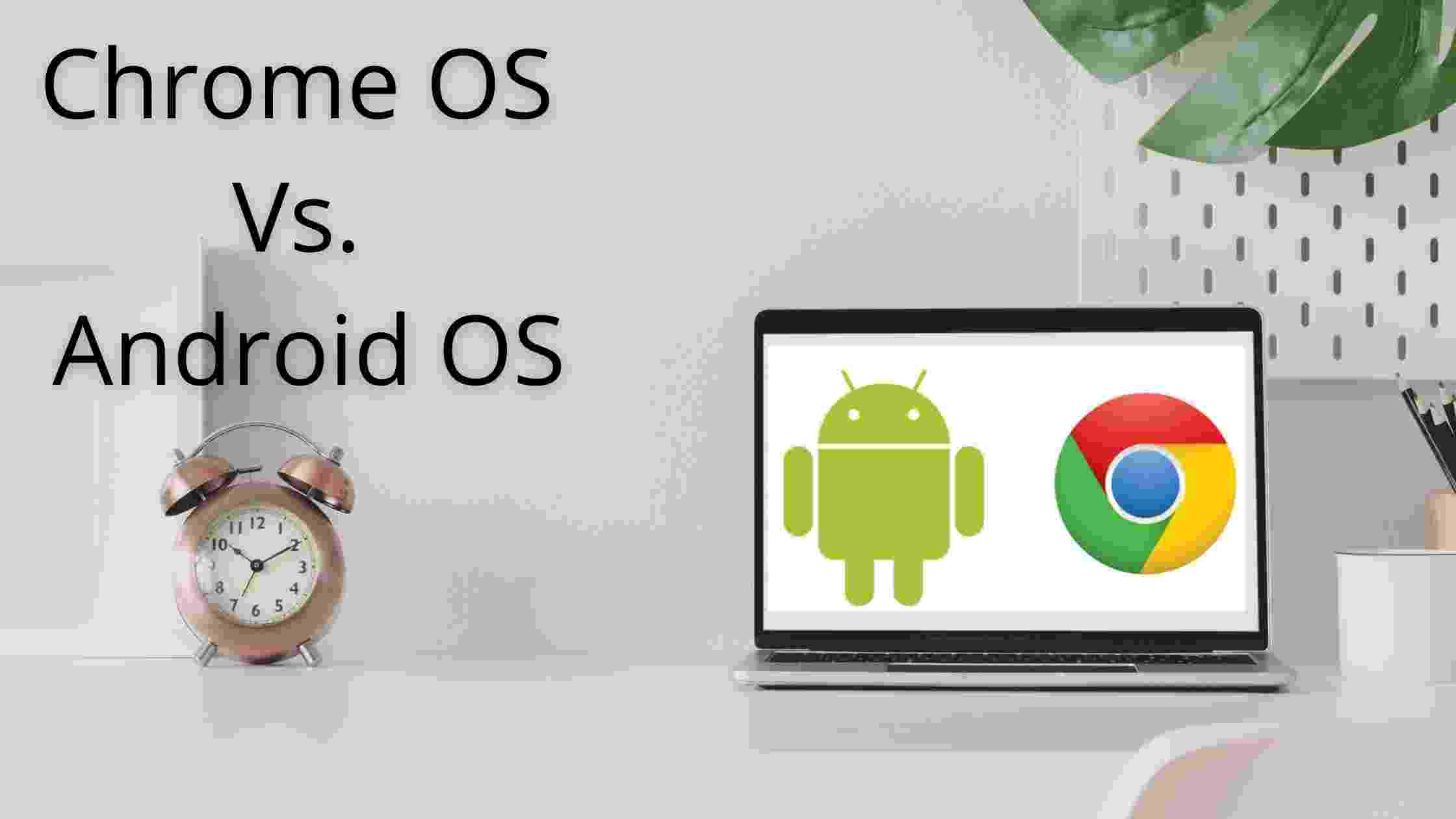
Guide to Understanding the Difference Between Public and Private Clouds

Cloud computing has revolutionized how organizations manage and deploy IT infrastructure. Two primary cloud deployment models stand out: public and private clouds. Each one offers its own set of advantages as well as drawbacks. Therefore, businesses must understand the differences to make informed decisions regarding their IT strategies.
In this comprehensive guide, we will explore the differences between private and public clouds, delving deeper into each of their key characteristics, use cases, benefits, potential challenges, and possible outcomes. By the time you read this article, you will have a much clearer idea of which one meets your organization's specific requirements best.
Private Clouds
Private cloud computing refers to an environment dedicated to one organization. Services provided through this model may either be hosted within its data center or off-premises by third-party providers. Private clouds offer more control, security, and customization options than public ones. For those who want a single-tenant environment that’s secure, scalable, and reliable, private cloud hosting is the best option.
Organizations enjoy full control over their cloud environment, giving them complete freedom to tailor it according to their specific requirements. This level of customization is particularly crucial for businesses in highly regulated industries such as finance and healthcare, where strict compliance standards must be adhered to.
Security is another significant advantage of private clouds. With data and infrastructure kept within the organization's boundaries or in a dedicated data center, organizations can implement their security measures and protocols. This level of isolation can provide peace of mind to organizations concerned about data breaches or data sovereignty. However, private clouds come with some tradeoffs: their costs to set up and maintain tend to be greater than public ones since organizations must bear all infrastructure expenses themselves.
Private clouds lack the cost-efficiency of public clouds due to the absence of multi-tenancy and economies of scale. Moreover, they may not offer the same level of global reach and redundancy as public clouds, making them less suitable for organizations that require extensive geographic distribution and disaster recovery capabilities.
Public Clouds

The annual expenditure on public clouds is over $12 million for 31% of enterprises. Public clouds are cloud computing environments managed and owned by third-party service providers. These providers offer infrastructure as a service (IaaS), platform as a service (PaaS) and software as a service (SaaS), all on a pay-as-you-go basis. Public clouds often feature multi-tenancy, which means multiple organizations or individuals share the same infrastructure resources at once to achieve cost-efficiency through economies of scale, making these accessible yet cost-effective to an array of users.
Scalability is one of the key advantages of public clouds for users, enabling them to quickly adjust resources according to their individual needs without making large upfront investments in computing power and storage capacity. Global availability through data centers, located across different regions, enables organizations to reach a broader audience with low latency access for users located across various geographic locations while taking care of maintenance, security, and updates, relieving organizations of this operational burden.
Public clouds are an ideal solution for startups and SMBs that lack the capital to invest in on-premise infrastructure, providing cost savings through flexible pricing models that only charge for the resources used. This makes public clouds ideal for projects with variable workloads as they can dynamically allocate resources according to demand.
However, public clouds also come with certain challenges. Security and compliance concerns are common, as organizations are often sharing infrastructure with others. While cloud providers invest heavily in security measures, users must still take responsibility for configuring their resources securely.
Additionally, the flexibility of public clouds can lead to unexpected cost overruns if not managed properly. Organizations must carefully monitor and control their cloud spending to avoid budgetary surprises.
Selecting the Right Cloud for Your Needs

Selecting between public or private clouds depends on your organization's individual requirements, budget constraints, and goals. Here are some key points to keep in mind when making this choice:
- Data sensitivity: If your organization handles highly confidential or stringent compliance requirements data, a private cloud could be the optimal solution.
- Budget and scalability: Public clouds are cost-effective for organizations with variable workloads, while private clouds offer more predictable costs and performance.
- Global reach: If your services need to be accessible worldwide with low latency, public clouds are better equipped due to their extensive data center networks.
- Data portability: Consider how easily data and applications can move between different cloud environments in a hybrid cloud setup.
- Operational expertise: Assess your organization's IT expertise and resources, as private clouds may require more in-house management.
- Regulatory compliance: Determine whether your industry's regulations and data privacy requirements can be met in a particular cloud deployment model.
Final Thoughts
Grasping the nuances of public and private clouds is crucial in navigating the ever-evolving landscape of cloud computing. Public clouds offer scalability and accessibility but raise security and compliance concerns.
Private clouds offer organizations greater control, security, and customization, making them ideal for industries governed by regulatory agencies. When making an informed decision regarding these cloud solutions, organizations should carefully consider their individual needs, budget constraints, and strategic objectives to make an informed choice and unlock its full potential.


![How to Check Mouse DPI in Windows 10 [2024 Guide] How to Check Mouse DPI in Windows 10 [2024 Guide]](https://cdn-0.technicalexplore.com/wp-content/uploads/2021/01/HOW-TO-CHECK-MOUSE-DPI-IN-WINDOWS-10.jpg)
![How to Turn Off PS4 Without Controller in 2024 [Step-By-Step Guide] How to Turn Off PS4 Without Controller in 2024 [Step-By-Step Guide]](https://cdn-0.technicalexplore.com/wp-content/uploads/how-to-turn-off-ps4-cotroller-without-controller.jpg)

![How To Gameshare on PS5 in 2024 [Step-by-Step Guide] How To Gameshare on PS5 in 2024 [Step-by-Step Guide]](https://cdn-0.technicalexplore.com/wp-content/uploads/2021/08/how-to-gameshare-on-ps5-2022.jpg)
![How To Connect PS4 To Hotel WiFi [2024 Guide] How To Connect PS4 To Hotel WiFi [2024 Guide]](https://cdn-0.technicalexplore.com/wp-content/uploads/2021/09/how-to-connect-ps4-to-hotel-wifi-2022.jpg)
